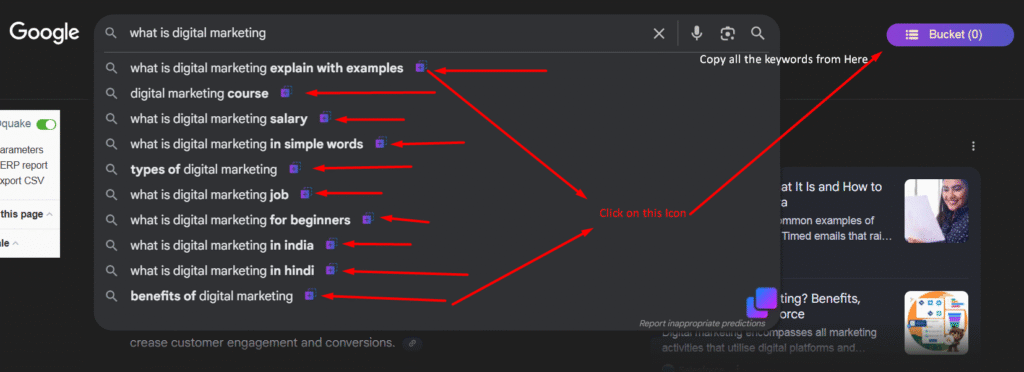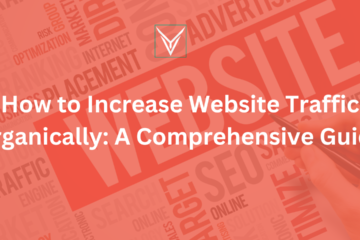Hi! I’m Vishwanath Yadav, an SEO expert. Over the years, I’ve optimized hundreds of pages, and one of the most common mistakes I see is that People focus too much on repeating their main keyword, but they ignore the context around it.
I still remember a customer who came to me confused and frustrated. Their page was perfectly optimized, or so they thought. Keywords appeared multiple times, meta tags were in place, and the content was long. Still, his page was invisible on Google. The missing piece was not more keywords, but LSI Keywords.
Understanding The LSI Keywords
LSI is one of the most popular terms in seo, and it is the acronym of Latent Semantic Indexing. By definition, LSI keywords are semantically related words or phrases that give search engines more context about the topic of a page.
If apple is the primary keyword, for instance, search engines want hints as to whether the searcher wants information about fruit or technology. Google recognises Apple Inc. if the surrounding phrases include iPhone, MacBook, and Steve Jobs.
If the terms vitamins, nutrition, and garden are included, however, Google recognises that the subject is fruits. Google is better able to understand the meaning due to these semantic keywords.
Why do LSI keywords matter for SEO?
Search engines used to rely largely on keyword density. A keyword’s ranking is often determined by how often it appears on a page. That strategy isn’t working anymore. Google now prioritizes topic relevance and user intent. It looks for signs that a page actually covers a topic in depth. LSI keywords provide those hints. By using LSI keywords, you can:
- Strengthen the thematic depth of your content.
- Boost your ranking for several similar questions.
- Improve user intent matching to lower bounce rates.
- To prevent keyword stuffing, use natural variations and related phrases. To put it briefly, strategically inserted LSI keywords make your page appear more authoritative and thorough to Google.
Also, must read this blog: Choose the Best Keywords for Your Website
How to find LSI keywords?
A crucial component of on-page SEO optimisation is identifying the appropriate LSI keywords. These are the techniques that I use:
1. Google Autocomplete
Start typing your main keyword in Google’s search bar. Dropdown suggestions are often semantically related to what real users actually search for.
To make this process faster, I use a Chrome extension called “SERP Help – Extract SERP Data Easily.”
It automatically shows keyword suggestions beside the search bar with a small icon. The best part? You can copy all the suggested keywords at once with just one click.
(See the screenshot for reference.)

2. Related Searches
Important details about what people connect with your primary keywords may be found in the “Related Searches” section, that are located at the bottom of the Google search results page.

3. People also ask
The “People also ask” box provides actual questions that users are typing into Google. These often include natural variations and subtopics related to your keywords.

4. LSI Keyword Tools
There are dedicated tools for finding latent semantic indexing keywords, including:
- AnswerThepublic
- LSI graph
- SEMrush Keyword Magic Tool
- Ahrefs Keyword Explorer
5. Competitor Analysis
For your goal keywords, look over the pages that rank highest. Thus, observe the semantic terms they utilise frequently. These terms can guide you in creating your own keyword strategy.
Examples of LSI Keywords
| Main Keyword | LSI Keywords |
|---|---|
| Digital Marketing | SEO strategies, social media marketing, content creation and online branding |
| Yoga | SEO strategies, social media marketing, content creation, and online branding |
| SEO | Search engine optimization, on-page SEO optimization, link building and keyword research |
How to Use LSI Keywords in Content?
Once you have your list of semantic keywords, integrating them strategically is crucial: Below are the five basic placement steps for a proper on-page seo.
| Placement Area | How to Use LSI Keywords | SEO Benefit |
|---|---|---|
| Text (Body Content) | Integrate LSI keywords naturally within paragraphs. Avoid forced usage and keep the language smooth and logical. | It increases the relevancy of content without filling it with keywords, which boosts rankings and user experience. |
| Headings & Subheadings | To highlight important points and enhance organisation, include semantic keywords in the H2 and H3 headers. | Make sure to add topical signals and make the material easier for search engines and users to read. |
| Meta Tags | Ensure that the LSI keywords in your meta titles and descriptions are appropriate. | It enhances click-through rates and raises the possibility of ranking for relevant search terms. |
| Image Alt Text | For photos, use alt text that is rich in keywords and descriptive, including LSI phrases where necessary. | It enhances keyword optimisation further by helping Google understand visual material. |
| Anchor Text | For both internal and external links, use LSI keywords as the anchor text. | It boosts internal linking structure and subject relevancy for improved SEO. |
Benefits of using LSI keywords
The benefits of using LSI keywords go beyond avoiding keyword stuffing. In my experience, the benefits include:
- Better search visibility across many related queries.
- Better user experience through comprehensive content.
- More chances to appear in Featured Snippets and People Ask Box.
- Increased dwell time and reduced bounce rates.
- More natural and structured content flow.
In the End
Understanding and using LSI keywords has become crucial as SEO continues to advance; it is no longer a choice. In order to provide customers with the best results, search engines today mostly depend on semantic analysis.
Avoid focusing on just one keyword while you’re creating content. Build a semantic network around it. By doing this, you help Google fully understand your topic, increase your chances of ranking for many queries, and establish your authority in your field. This approach has changed the way I optimize content, and it can do the same for you.















Great post, Vishwanath! Really liked how clearly you explained LSI keywords and their role in SEO.
Great article, thanks for sharing! I’ve tried different ways to use LSI keywords, and your explanation made everything much clearer. It’s amazing how the right keyword strategy can boost rankings and content relevance.
Great post! Clear and simple explanation of LSI keywords — super helpful!
This post has been a great help.
Your writing is not only informative but also incredibly inspiring. You have a knack for sparking curiosity and encouraging critical thinking. Thank you for being such a positive influence!
My brother recommended I might like this web site He was totally right This post actually made my day You cannt imagine just how much time I had spent for this information Thanks